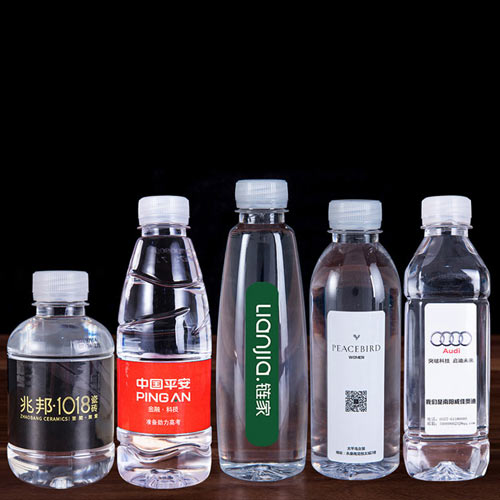Temperature control of blow molding machine processing plastic bottles
Posts by : admin | 20-6-2When operating a hollow blow molding machine for processing, it is necessary to pay attention to some temperature control to ensure that a suitable plastic bottle is manufactured.
No-flow temperature: The highest temperature at which no flow occurs under a certain pressure. A certain amount of plastic is added to the barrel at the upper end of the die of the capillary rheometer, heated to a certain temperature, and after the constant temperature is 10min, a constant pressure of 50MPA is applied. If the material does not flow out of the die, the temperature of the material is released after pressure is released Increase the difficulty by 10 degrees, and then apply a constant pressure of the same size after holding for 10 min. This continues until the melt flows out of the die, and the temperature is reduced by 10 degrees to be the non-flowing temperature of the material. Flow temperature TF: refers to the temperature at which the amorphous polymer changes from a highly elastic state to a viscous flow state. It is the lower limit of the processing temperature of amorphous plastics.
Decomposition
temperature TD means that when the temperature of the polymer in the
viscous flow state is further increased, the degradation of the
molecular chain will be intensified, and the temperature rises to the
temperature at which the polymer molecular chain is significantly
degraded as the decomposition temperature. Melting temperature TM: For
crystalline polymers, it refers to the temperature at which the
three-dimensional remote ordered state of the macromolecular chain
structure changes to a disordered viscous fluid state, also known as the
melting point. It is the lower limit of the processing temperature of
the crystalline polymer. Glass transition temperature TG: refers to the
transition temperature of the amorphous polymer (including the
non-crystalline portion of the crystalline polymer) from the glassy
state to the highly elastic state or from the latter to the former. It
is the minimum temperature for the free movement of amorphous polymer
macromolecular segments, as well as the upper limit of the product's
working temperature.


